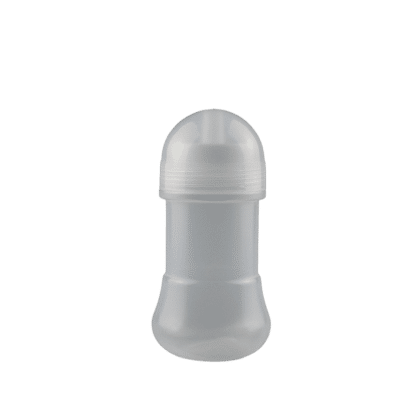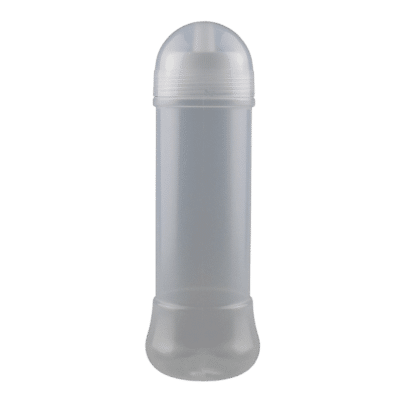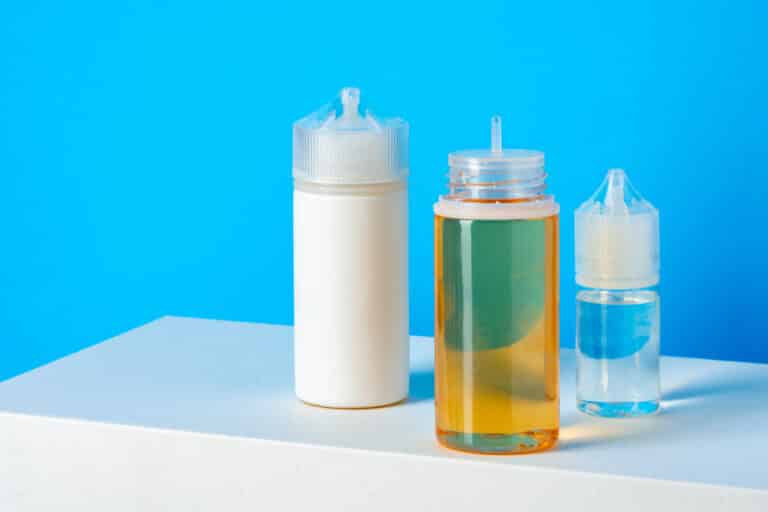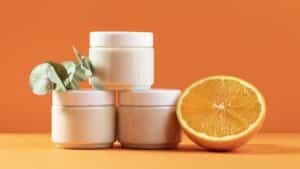In today’s world, where efficiency and cleanliness are paramount, the use of appropriate tools and accessories can make a significant difference. When it comes to lubricants, a vital component in various industries and applications, using a lubricant pump bottle can greatly enhance convenience and effectiveness. This article aims to explore the concept of a lubricant pump bottle, its benefits, and its working mechanism, and provide practical tips for effectively utilizing this essential tool.
Table of contents
What is a Lubricant Pump Bottle?
A lubricant pump bottle is a container that can store and dispense various types of lubricants. It combines the functionality of a traditional bottle with an efficient pump mechanism, ensuring easy and controlled release of lubricant fluids when required.


Key Features
Lubricant pump bottles encompass several key features that distinguish them from regular bottles. They typically have a sturdy and durable construction, often made of materials like plastic or metal. The bottle has a pump mechanism on the top, allowing for swift and effortless dispensing of the lubricant. Additionally, these bottles often have an air-tight seal to prevent leakage and preserve the quality of the lubricant inside.
Types of Lubricant Pump Bottles
Lubricant pump bottles come in various types, catering to different needs and preferences. Some pump bottles have a single-use design, ideal for delivering consistent amounts of lubricant with each pump. Others have a refillable design, allowing users to replenish the bottle once the lubricant runs out. Additionally, lubricant pump bottles are available in different sizes, ranging from small portable bottles to larger containers for industrial use.
How do They help?
1. Convenience and Ease of Use
One of the primary advantages of using a lubricant pump bottle is the convenience it offers. With a simple press of the pump, lubricant instantly comes out in a controlled manner. This eliminates the need for messy manual pouring or using additional tools for application. The pump mechanism makes lubricant application a hassle-free process, saving time and effort.
2. Precise Dispensing
Lubricant pump bottles provide a high level of precision when it comes to dispensing the lubricant. The design of the pump allows for accurate control over the amount of lubricant released, preventing wastage or over-application. This precise dispensing also ensures that lubricant is exactly where you want it, enhancing the overall efficiency and effectiveness of lubricant usage.
3. Reduction of Waste and Mess
By eliminating the need for manual pouring or dipping, lubricant pump bottles significantly reduce the likelihood of spills, leaks, and wastage. The controlled dispensing mechanism prevents excess lubricant from coming out, leading to cleaner and more efficient lubrication processes. Moreover, the air-tight seal of the pump bottle keeps the lubricant from leaking or drying out when not in use, thus reducing the chances of product spoilage.
4. Better Lubricant Preservation
Lubricant pump bottles play a vital role in preserving the quality and lifespan of the lubricant. The air-tight seal of the bottle prevents the intrusion of contaminants and moisture, maintaining the lubricant’s integrity. This ensures that the lubricant remains effective and does not degrade over time, thus optimizing performance and prolonging the lubricant’s usability.
How Does it Work?
1. Pump Mechanism
The functioning of a lubricant pump bottle is based on a straightforward yet effective mechanism. When the pump head is pressed, it creates a vacuum that draws the lubricant from the bottle. As the pump is released, the vacuum is replaced by atmospheric pressure, propelling the lubricant through the nozzle and into the desired area. This process repeats with each consecutive pump, allowing for controlled and precise lubricant application.
2. Internal Structure
Within a lubricant pump bottle, the pump mechanism has a small tube that extends into the container. This tube reaches the bottom of the bottle, ensuring that every last drop of the lubricant can come out. The internal structure of the bottle is there to facilitate the smooth and optimal functioning of the pump, ensuring consistent and reliable lubricant delivery.
3. Air-Tight Seal
To prevent leakage and maintain the quality of the lubricant, lubricant pump bottles are equipped with an air-tight seal. This seal ensures that no air can enter the container, which could potentially cause the lubricant to degrade or solidify. The air-tight seal not only preserves the integrity of the lubricant but also prevents the bottle from leaking or spilling during transportation or storage.
Choosing the Right Lubricant Pump Bottle
1. Material and Durability
When selecting a lubricant pump bottle, it is crucial to consider the material used in its construction. The bottle should be made of a durable and resistant material such as high-quality plastic or metal, capable of withstanding the type of lubricant being stored. It is also essential to verify if the material is resistant to corrosion or chemical reactions, ensuring the longevity and integrity of both the lubricant pump bottle and the lubricant itself.
2. Size and Capacity
Lubricant pump bottles come in different sizes and capacities. The choice of size depends on the specific application and the quantity of lubricant required. Smaller bottles are ideal for personal or portable use, whereas larger containers are suitable for some situations where a substantial volume of lubricant is needed. It is important to select a size that strikes a balance between convenience and lubricant demand.
3. Compatibility with Different Liquids
Some lubricant pump bottles can have a specific type of lubricant, while others are more versatile and can accommodate various types. It is crucial to ensure that the pump bottle selected is compatible with the lubricant being used. Compatibility factors to consider include chemical composition, viscosity, and any specific temperature requirements.
Tips for Using a Lubricant Pump Bottle Effectively
1. Proper Storage
To maintain the quality of the lubricant and prevent contamination, proper storage of the bottle is crucial. Store the bottle in a cool, dry place away from direct sunlight or extreme temperatures, as these factors can affect the lubricant’s consistency and performance. Additionally, ensure that the bottle is tightly sealed after each use to prevent any air or moisture from entering.
2. Correct Dispensing Techniques
To achieve optimal lubricant application, it is important to use correct dispensing techniques. Start by pumping the lubricant bottle multiple times to flush out any residual air and ensure a consistent flow. When applying the lubricant, aim directly at the intended area, maintaining a safe distance if required. Avoid over-application, as excess lubricant can attract dirt or debris and potentially cause damage to the mechanism or surface being lubricated.
3. Avoiding Contamination
To prevent contamination of the lubricant and maintain its effectiveness, it is vital to avoid introducing foreign particles into the pump bottle. This can be achieved by cleaning any surfaces or equipment before lubrication and ensuring that the pump nozzle does not come into contact with any non-sterile surfaces. Keeping the bottle’s cap or lid on when not in use also prevents dust or debris from contaminating the lubricant.
Conclusion
The use of a lubricant pump bottle offers numerous advantages in terms of convenience, precise dispensing, waste reduction, and better lubricant preservation. Whether used in automotive, industrial, personal, or medical applications, these bottles provide a practical and efficient solution for lubricant delivery. By understanding their construction, functioning, and maintenance, users can fully maximize the benefits of lubricant pump bottles, ensuring smooth operations and longer-lasting equipment.














